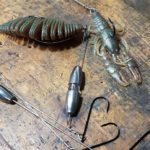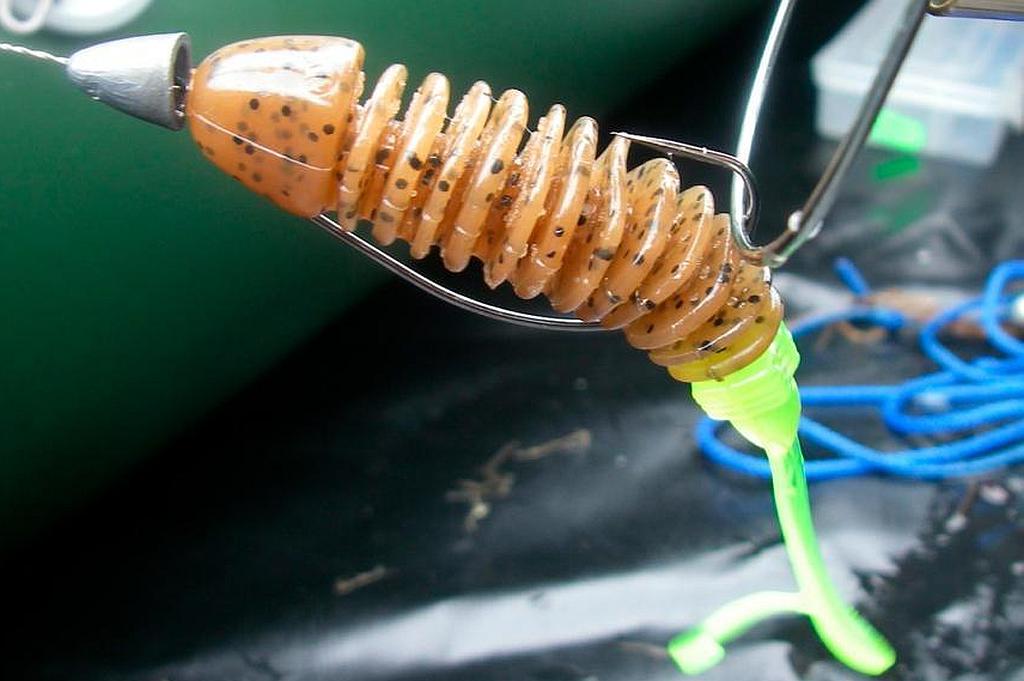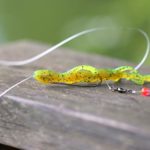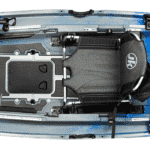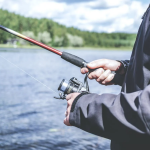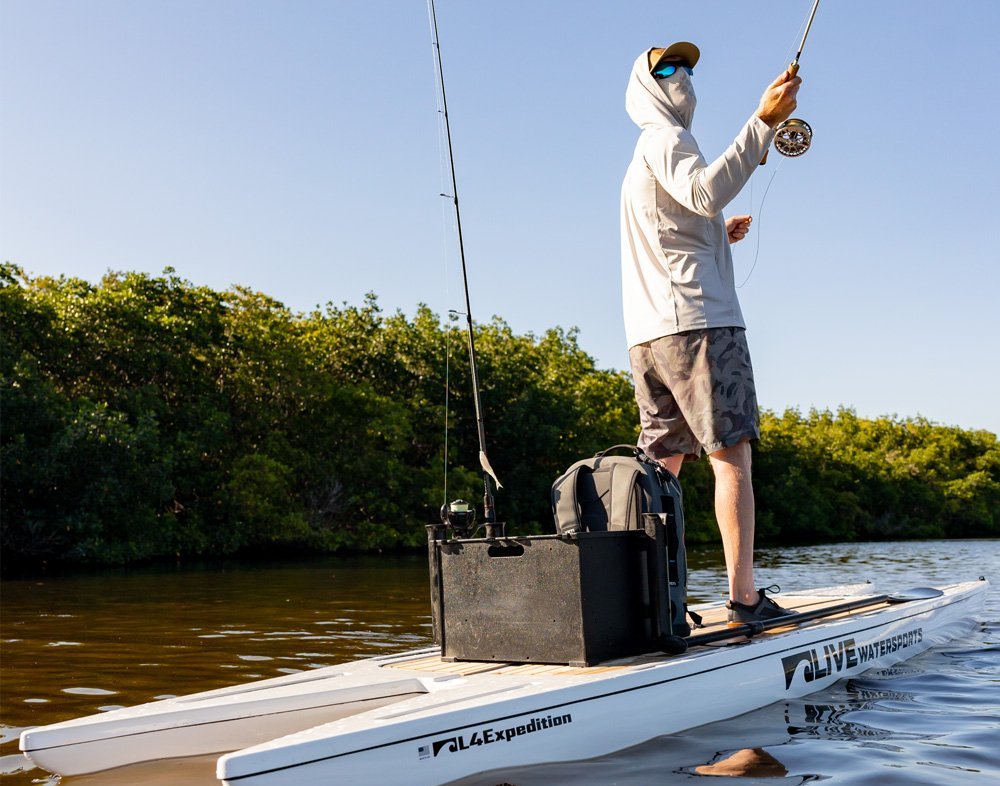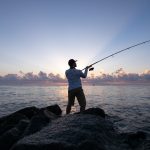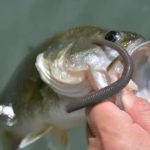Tokyo Rig has become a popular bass fishing rig worldwide. In this article we will look at how to set up and fish this extremely versatile rig.
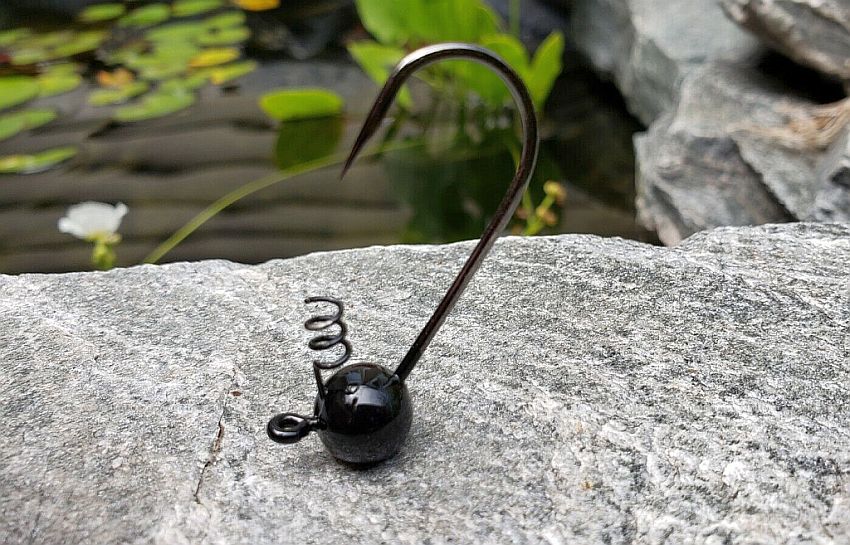
This is our guide to setting up and fishing the Shaky Head Rig.
Experienced bass anglers know that when the fishing gets tough, it’s time to switch to finesse techniques. And as for simplicity’s sake, few finesse rigs can out-simplify the shaky head rig.
In this article, we’ll look at this extremely popular rig, how to set it up, and how to fish it.
As an affiliate of Amazon and other retailers, we may earn a small commission when you buy via our links, at no additional cost to you. Thank you!
What is a Shaky Head Rig?
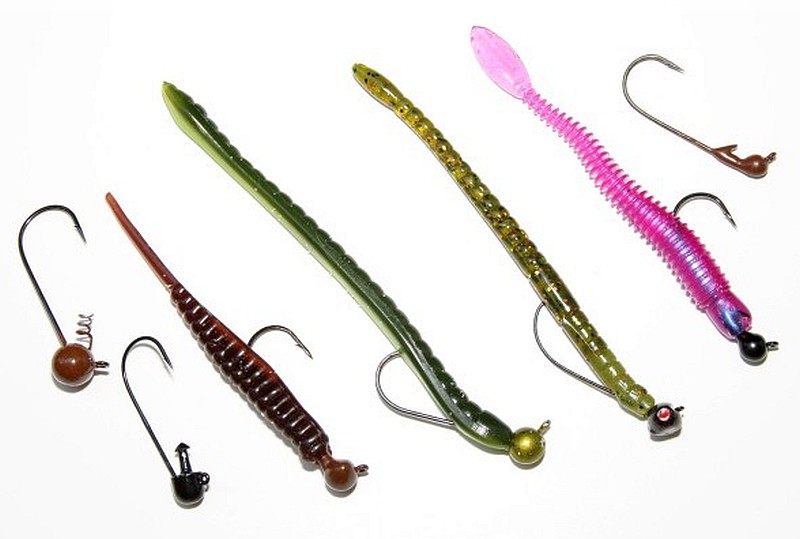
In its most basic form, a shaky head rig is simply a finesse worm with a ball head jig hooked through the body.
It gained massive popularity over the years not only because of its simplicity but because of how effective it can be in almost all situations.
Not only is the rig set up simple, but so is how it’s fished. That’s right, you guessed it: You “shake” it in place.
When the shaky head worm reaches the bottom, the line tension and jig head design keep the bait from laying flat. Instead, it remains upright, and each “shake” can drive even the most pressured bass crazy.
There are, of course, variations to the shaky head. Different styles of jig heads and soft plastic options make this simple rig surprisingly versatile.
What You Need for a Shaky Head Rig
Jig Heads
There are several different types of “shaky head jigs” that manufacturers produce. The biggest variations between them are hook design, head shape, and hook eye location.
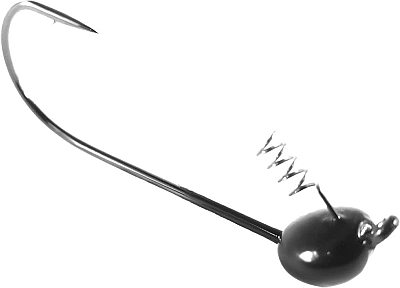
Your standard shaky head jig is typically a rounded head with a screw lock and hook eye 90 degrees to the hook shank.
Variations of these involve changing the angle of the hook eye anywhere from 60-30 degrees, allowing the bait to stand up better and ensuring an easier hook set.
Some of my personal favorite shaky heads follow the “stand up” design like the Dirty Jigs Stand Up Finesse Head.
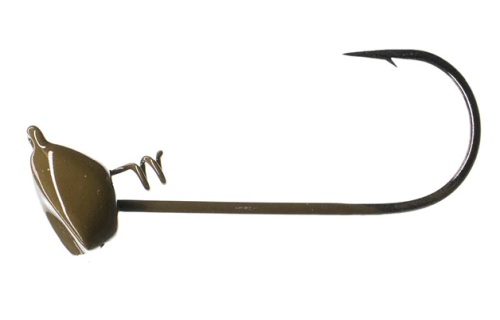
Notice the flatter bottom and eye location. The hook will naturally maintain bottom contact with the flat side, allowing the bait to stand up for a more natural presentation.
Shaky head jig hook styles also vary depending on bait choice. You can use your standard straight shank hooks, but larger creatures and worms may call for wide gap and extra wide gap (EWG) offset hooks.
Baits
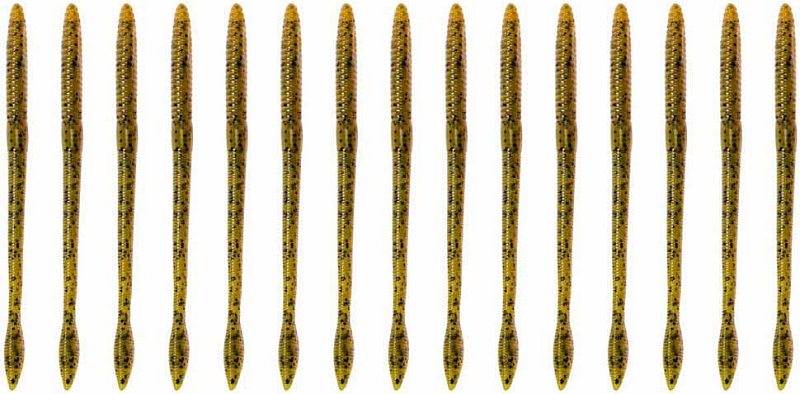
Since the Shaky Head is a finesse rig, any of your finesse worms are great to throw on these jigs. Some of my favorite finesse worm styles are the 4”-5” Senko by Gary Yamamoto in green pumpkin and the KVD Perfect Plastic Finesse Worm from Strike King.
However, almost any soft plastic lure can be used on shaky head jigs. Baits like creatures, craws, and even shad can be used. Just be sure to match the jighead hook to the size of the lure.
How to Rig a Shaky Head
Rigging a shaky head jig is pretty straightforward.
For the shaky heads that come with corkscrew bait keepers, simply feed the nose of the bait onto the screw, and press the point of the hook into the body so that it’s just under the skin of the other side.
This style of shaky head is designed to better secure the bait and lose fewer baits during the fight.
If you find yourself using a jighead that lacks the bait keepers, simply push the hook point into the head of the lure about ¼” and out the side. Then slide the bait all the way down to the jighead and press the point back into the body.
The advantage to either of these methods is that the bait is rigged weedless, making it easier to fish heavy cover where big bass like to hang out.
Rod, Reel, and Line for Shaky Head Fishing
As with many styles of bass fishing, gear selection depends on where you’re planning to fish. Thick cover in the shallows will call for a different setup than in open water or deep holes.
Keep the spinning gear on hand for deeper water with less cover, and the baitcasting gear ready for pulling bass out of the weeds and docks.
Rod Selection
Like with any finesse technique, a good, sensitive rod tip is key. Since the goal here is to shake the lure, being able to actually feel the bait is crucial if you expect to catch bass with a shaky head rig.
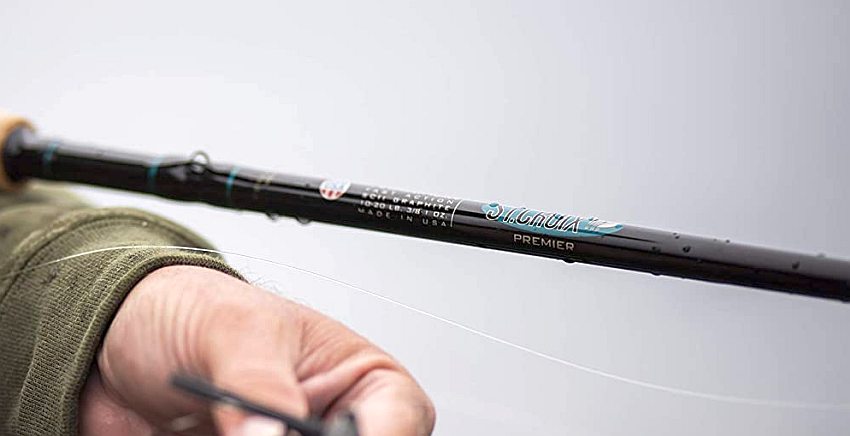
Typically I like to use a medium light to medium power, fast action in 6’ 6”-7’ if spin fishing. One of my favorites is the St. Croix Premier in 7’, medium light, fast action.
For bait casting, I like to up the power just a hair to medium or even medium heavy in order to fish heavier structures. Rods like the NRX+ Jig & Worm Casting rod in 7’1”, medium heavy, extra fast action are tough to beat.
Reel Choice
Reel selection for this style of fishing isn’t nearly as important as rod or line choice. For spin fishing, as long as the reel size matches the rod, you’ll be good to go.
If you’re sticking with a bait caster, keep in mind that you want a slow retrieve and will typically be fishing heavier lines. A larger spool with a low gear ratio is the way to go here.
Line Selection
Finally, line choice when using a shaky head depends on what style of fishing you’re doing. When spin fishing clear water or deep holes, I like to stick with fluorocarbon.
Typically this technique is used for lazy or lethargic bass, so having a nearly invisible line is a plus. To add, fluorocarbon naturally sinks, meaning that your bait gets down even faster.
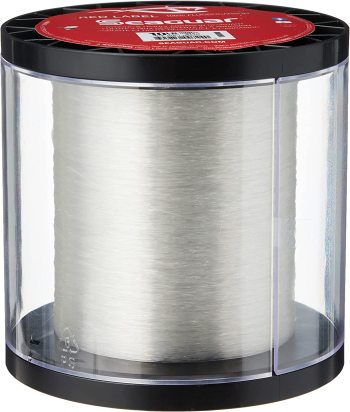
My favorite fluorocarbon for this is Seaguar Red Label in 8lb. This light line choice, coupled with a sensitive rod, means you can feel every bite and put more fish in the boat.
If I find myself fishing thick weeds in shallow water or really dirty water, braided line rigged on a baitcaster is my go to. The ability to pull bass out of heavy debris without breaking them off is critical.
Power Pro V2 Super Slick in 15lb is hands down my favorite braid to use.
How to Fish a Shaky Head
Shaking
As you may have guessed from the name, a shaky head is fished best when you “shake it”. When the lure makes contact with the bottom, the unique jig head will ideally keep the body and tail of the bait standing upright.
This resembles a natural bait fish feeding off the bottom.
To start, I like to cast where I believe bass may be holding. After allowing the jig to sink to the bottom, I can use the sensitive rod tip to lightly pop the lure to give it the shaky motion.
It’s important to keep tension on the line the whole time in order to feel every bite. Keep in mind that various lures like curly tail worms have great action while sinking. It’s not uncommon for bass to strike as the bait is descending.
Dragging
Depending on the bottom structure, many anglers like to drag a shaky jig head along the bottom. Unlike your traditional shaking method, this style is fished by slowly raising the rod tip up, reeling in the slack, and occasionally popping the bait.
This stirs up bottom sediment and lets the jig bounce across the bottom. Bass are often caught in between these bounces.
When to Fish a Shaky Head
Even though the shaky head rig is known to catch fish in difficult conditions, there’s honestly rarely a bad time to throw it. It can be fished all year long and in a wide variety of water conditions.
It works great in the warmer months when the weeds have really settled in. Since it’s primarily rigged weedless, it’s easy to cast around thick vegetation without worrying about constant snags.
Since bass tend to go deeper in search of cooler water, it’s a great option to target fish further down the water column if you’re not getting bites shallower.
In the colder months, when bass become super lethargic, this slow-moving rig will almost always outperform fast-moving, noisy baits.
FAQ
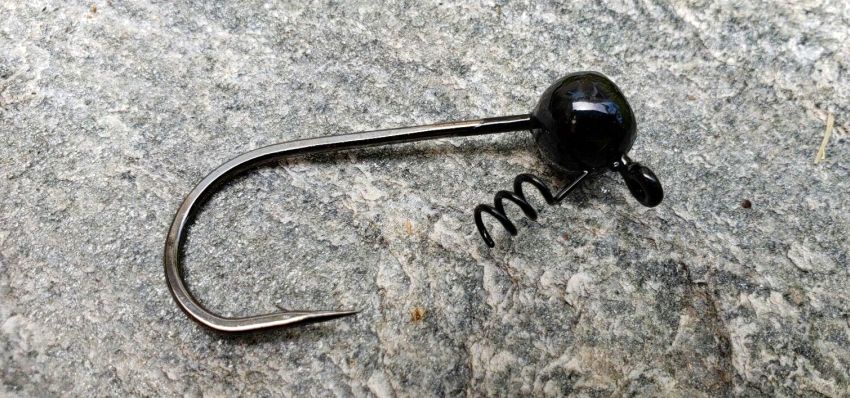
Year round! Even though it’s considered a finesse rig to be used on picky bass, a shaky head rig works great in all kinds of weather and water conditions.
Ned rigs have a flat, pill-shaped jig head with a hook eye set at 90 degrees. They use small baits like a 2”-3” worm which is threaded directly onto the jig.
Shaky heads, on the other hand, have a wide variety of jig heads with varying hook eye angles and bait keepers. They can accommodate larger plastics.
A shaky head uses a jig-headed hook whereas a Texas rig’s weight is completely separate from the hook and bait. The weight for a Texas rig is typically slid directly onto the main line.

